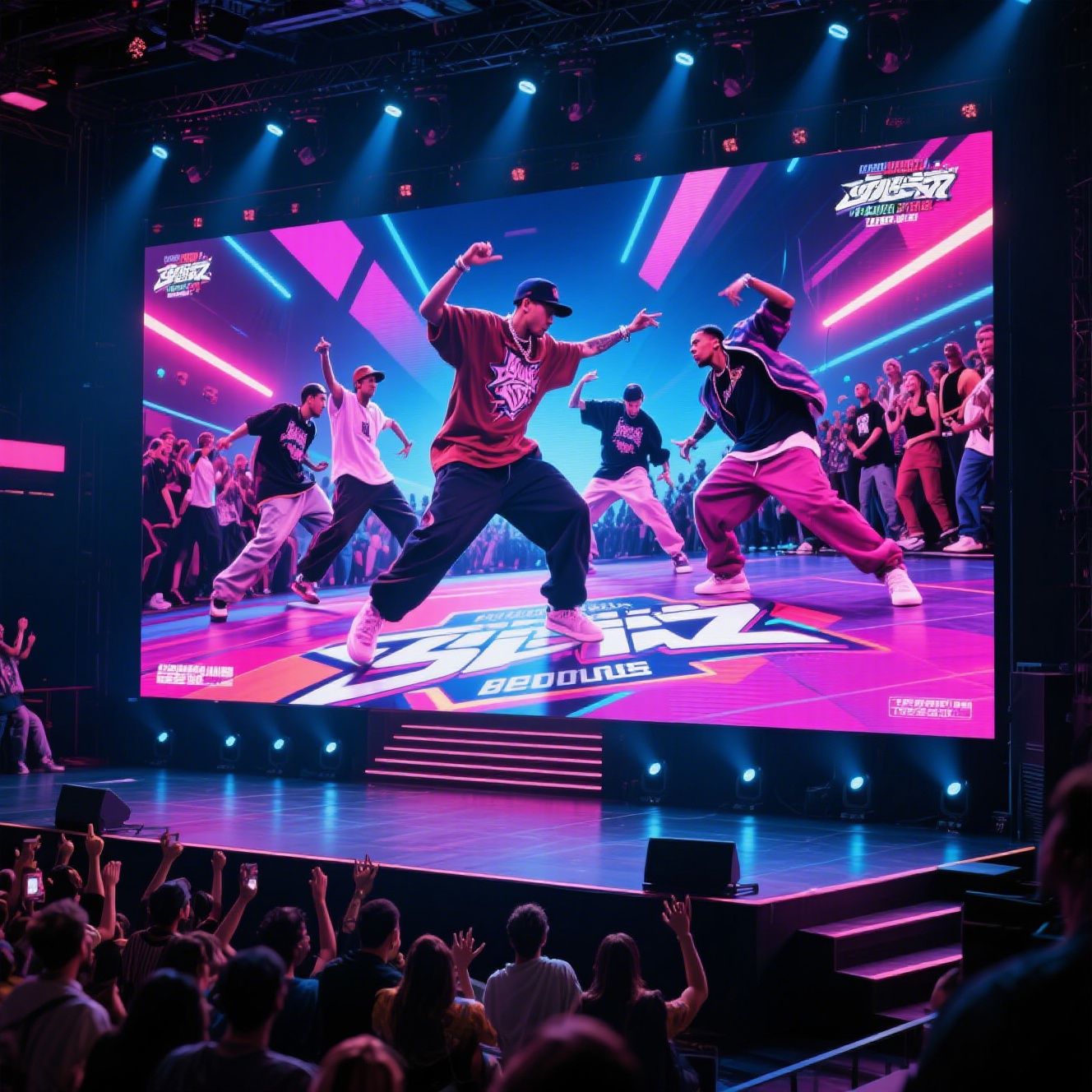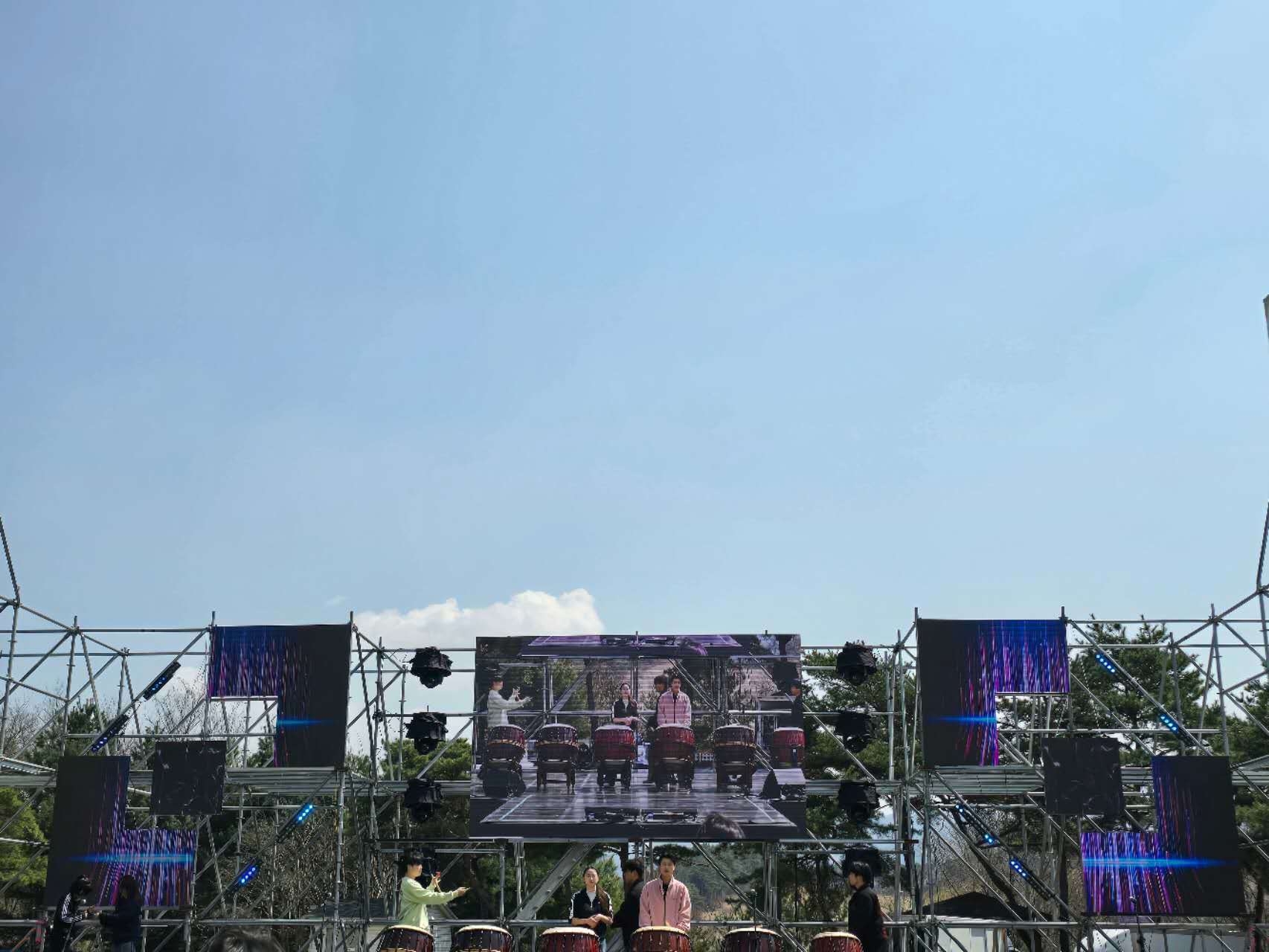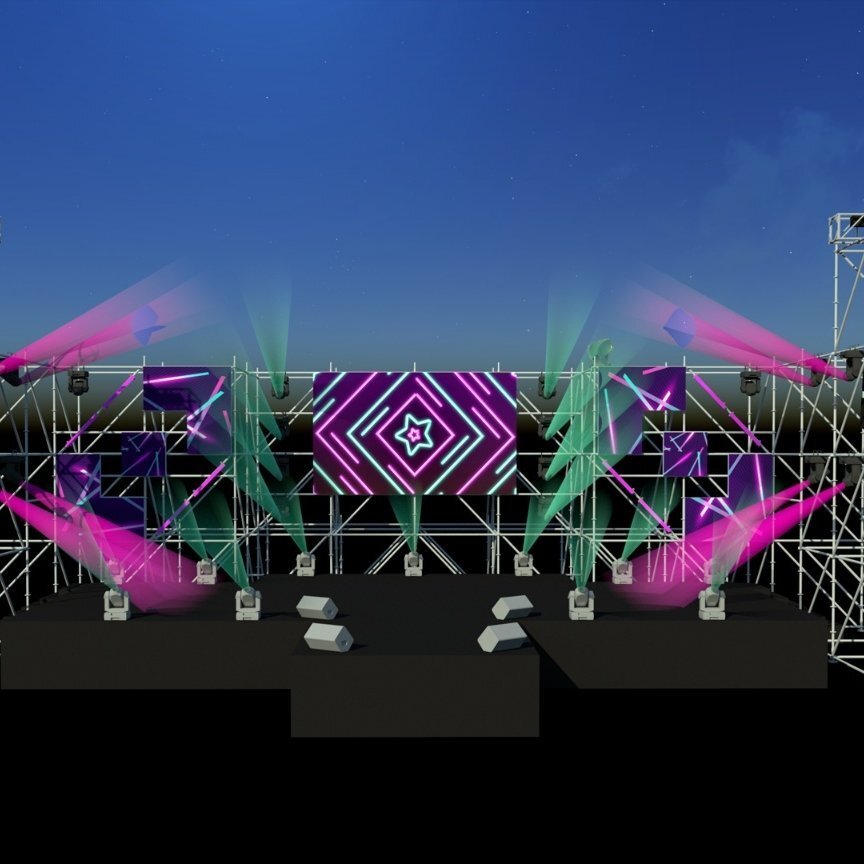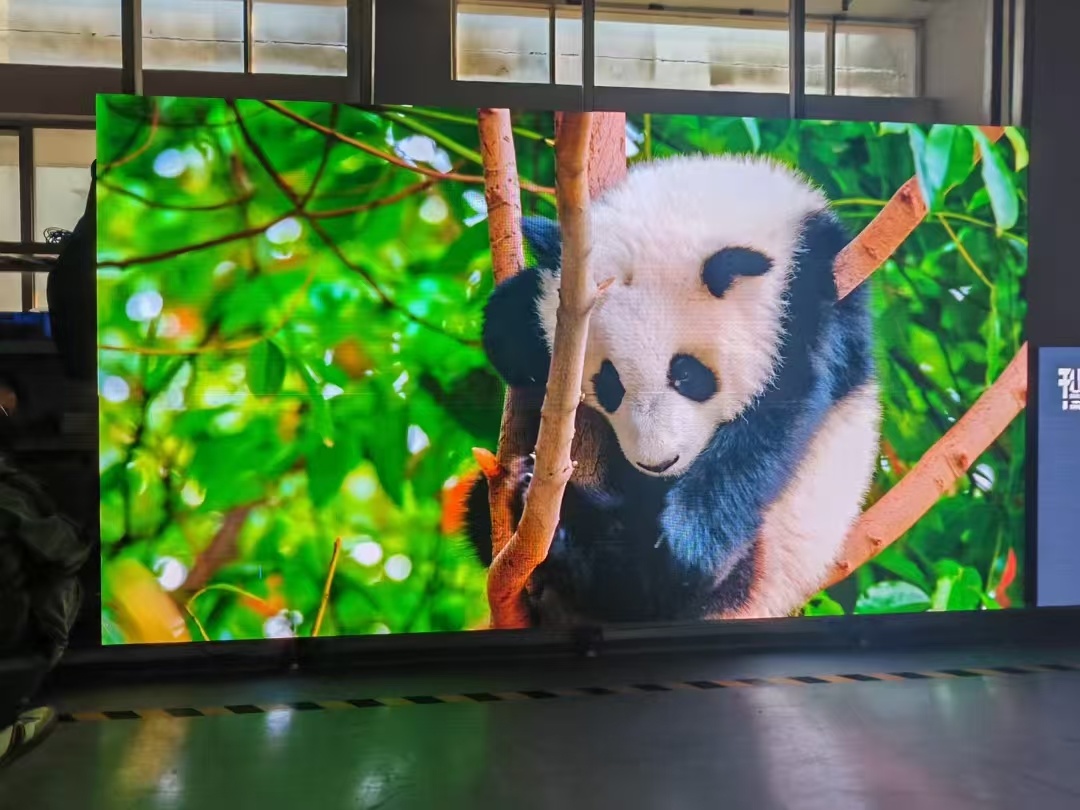Is the “smart” industry more hype than reality for the LED display industry?
Time:
Oct 28,2024
In recent years, with the continuous development of our country's economy, the process of urbanization has also been advancing, and the population carried by the city has also been increasing. It is reported that by 2025, China's urban population growth will reach 300 million, the size of the city will exceed 1 billion people, and there will be more than 200 cities with a population of one million. In the process of urbanization, the problem of "urban disease" is becoming more and more serious and prominent. In order for cities to continue to develop, this requires the continuous transformation and upgrading of cities, and smart cities have also been proposed in line with the trends and fashions of the times. The intelligent revolution represented by the application of new technologies such as the Internet of Things, big data, and artificial intelligence has begun, and people's work, life, and cognitive methods have gradually changed or even reshaped. At the same time, this "wave of wisdom" is also constantly affecting the LED display manufacturing industry. For LED display companies, this new economic growth point is a big and attractive cake. Many screen companies have launched smart LED display technologies, products, solutions, etc., But is it really like this? Will smart LED products that keep up with the trend be more "gimmicks" than they actually are?
1. The construction of smart cities is in full swing, and the market is broad
Smart city is one of the key development plans during the "Twelfth Five-Year Plan" period. The country has issued three batches of smart city pilot projects successively. Data show that at present, more than 500 cities in our country are conducting smart city pilot projects, and they have all introduced corresponding plans, with a planned investment scale of more than one trillion yuan. Judging from the actual results, smart cities have achieved extensive results in the fields of urban transportation, medical care, and government management. Relevant industry research institutions pointed out that during the "Twelfth Five-Year Plan" period, the output value of smart cities will exceed 700 billion yuan. With the rapid development of the Internet of Things, it is expected that the output value of smart cities will exceed 4 trillion yuan during the "13th Five-Year Plan" period. The formulation and introduction of new economic policies will have a profound impact on various industries, and the implementation of smart cities will also extend a new economic market for LED display companies.
The smart city of the future is not the intelligence of a single node, but the era of high integration and interconnection between the Internet of Things and the Internet. This requires a terminal display platform. In all display terminals, the LED display can display information through the driver IC system. Interconnection can connect such carriers, realizing a large platform for sharing between things, things and people, and people, and realizing various integrations. The compatibility and interoperability of LED displays have become the primary considerations for people to choose display terminals. At the same time, the LED display further solves its own embarrassments and shortcomings in the process of smart city construction. In recent years, with the rapid development of intelligent display, a group of LED display companies have grown rapidly, and LED brands with strong development momentum such as Abison, Lianjian Optoelectronics, and Youlimin have emerged. At the same time, some unqualified manufacturers have also been eliminated in a new round of reshuffle.
2. When "smart" becomes a gimmick, it consumes the user's favorability.
Nowadays, the application of various smart city display terminals is becoming more and more common, especially the popular 5g Huihui light pole screen, intelligent monitoring, intelligent education display, intelligent pedestrian crossing system, etc., This seems to have brought more opportunities to the LED display industry. Many screen companies have begun to explore the road of "smart" LED displays. At the same time, there are also companies that want to fish in LED waters, aiming at smart display cakes. If there are conditions, go up, and if there are no conditions, create conditions and rush in. What's more, the launch of smart display products with cost-effective as the selling point has seized the market in the short term, but such low-cost and low-quality products cannot bring real changes to users at all, and will only consume users over and over again.
On the one hand, it is the high enthusiasm of enterprises in the industry, on the other hand, it is the indifference of users. Simple mobile phone control is more interesting than practical. True smart display is not just about connection, but more importantly about use. In the entire LED display industry, smart display can be said to be a brand new business track. If you rush to the front before the technology and product are ready, the user will give you a yellow card. In today's industry, whether it is hardware investment or software upgrades, there are only a few cases that can truly be calLED "smart". Most of the hardware is in place, or the management can't keep up, or the industrial chain is not sound, and most of them are shelved; the software is in place, or the technology is immature, or the application is not grounded, and most of them become useless. The ideal is full, and the reality is very skinny. This is the current embarrassing situation of "smart display".
3. Intelligent display has a long way to go from ideal to reality
How to truly tap the potential of smart LED displays is to bring real changes in operating processes to end customers, not "smart" gimmicks. To this end, LED display companies need to start from the following aspects. 1. From smart LED display products to smart LED display scenarios: To comprehensively improve the operating experience of end users, what is needed is true wisdom. From independent innovation of technology and products to the intelligence of overall solutions, at the key node of the development of the smart LED display industry, major smart display companies need to determine their core competitiveness-based on solving user pain points, always pursue user satisfaction, and constantly gain insight into the potential needs of users, and then create needs through innovation and iteration to achieve value-added, and ultimately customize solutions for different smart LED display application scenarios.
Secondly, the four major characteristics lead the iterative development of the smart LED display industry: standing on a new track of the development of the smart LED display industry, whether it is in the era of smart single products or the era of high-end smart sets, scenarios and user needs:
1. Consistency, from technology, product to overall solution design consistency;
2. Interconnection, extremely fast connections between screens, between people and screens, and between screens and objects;
3. Integrity, perfect integration with the display of ecological strategic brands;
Fourth, iteration, unlimited upgrades of software and hardware. Only by meeting these four characteristics can we further lead the development of the smart LED display industry.
Finally, in the process of intelligence, many LED display companies have chosen cross-border innovation and brand reconstruction. Some actively explore emerging market areas and integrate with smart security and smart transportation industries, while others continue to embrace new technologies and integrate with VR, AR, etc. It is certain that in the boom of smart city construction, although LED displays meet the functions of intelligence and the Internet of Things, companies still need to jump out of their inherent industry thinking, enhance the competitive dimension of enterprises, and work with smart ecosystem companies to shape their core competitiveness, so that the traditional LED display industry can embark on the road of intelligence!
RELATED NEWS








